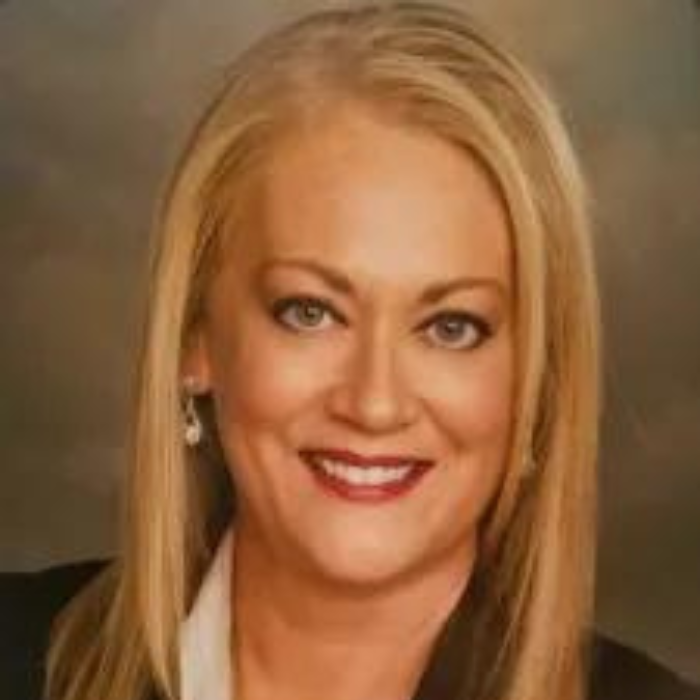
Stephanie Kidd, DO, MBA
Member, ACOFP Federal Legislation and Advocacy Committee
Family medicine physicians have significant responsibilities that are frequently dismissed or at minimum overlooked and underappreciated. I can relate to this because as an osteopathic medical student, I underestimated the importance of the family medicine model of care until in training and independent practice.
Osteopathic family physicians are entrusted with the overall health of communities at the local, state, national and international levels. Preventive care has moved into the forefront of medicine since the start of the COVID-19 pandemic, and the effect of time spent on keeping our patients healthy has garnered the attention of authorities making regulatory changes—so much so that, recently, the U.S. Centers for Medicare & Medicaid Services (CMS) made a significant change in enhancing and increasing reimbursement for this life-improving role.
Families have shifted priorities to include their own health and a redefined work-life balance. It is still difficult to believe that there was a shortage of exercise equipment and even bicycles as recent as 2020, all a direct result of increased demand by individuals assuming more active lifestyles.
One significant role of osteopathic family physicians within a family medicine model is to maintain and support people living healthier lives, from a healthy birth to a vibrant old age, as free from disease as possible. This life-changing role is inclusive of healthy dietary recommendations, immunization encouragement, recommendations of increased exercise/activity, performing appropriate osteopathic manipulative therapy and prescribing/administering therapeutic agents, as well as supplements, when indicated.
Our osteopathic heritage has taught us to foster the body’s inherent ability to heal itself, so long as all of its parts are in “proper mechanical” repair. On occasion, the body’s inherent healing ability may need additional support because no matter how exquisitely one carries out Dr. Andrew Taylor Still’s vision of osteopathy, there will be times that health care requires additional input from extrinsic sources (e.g., hospitals, clinics, community health services, medications).
During my training years, a few words spoken by a mentor struck a chord that have carried with me into practice: “In the olden days, a patient’s health was the charge of their primary care physician and, as such, I take responsibility for their overall well-being.” As an osteopathic physician continues their career, patients become friends and ultimately like family. Patients seek a physician’s expertise in helping them remain—or sometimes become—healthy. Patients look to their knowledgeable friend and honorary family member—the primary care physician— for advice, informed opinions and trusted approval of “outside” care that they receive. An osteopathic family physician’s patients are the face of their own family members who themselves look to remain healthy, whether it is due to the advice of getting all the preventive care that is recommended or mending from disease. Family physicians are the voice of their patient’s high-quality continuity of care and healthy outcomes.
ACOFP has many useful resources available to the public and to providers on the subject of healthy living and preventive care, as well as access to knowledgeable osteopathic family physicians.
2022 ACOFP Principles of Healthcare System Reform: Preserving the Family Medicine Model of Care
In response to the desire to highlight the unique skills and role of osteopathic family physicians, since late 2020, ACOFP has identified, monitored and pursued advocacy opportunities, including the following:
- Endorsed Concordance Recommendations of the Primary Care Collaborative, which addressed continuity of coverage in Medicaid and CHIP; primary care investment in Medicaid, assessing access to primary care using CAHPS; support for community health workers in primary care, translators’ services and a demonstration to expand provider capacity to provide mental health services (as proposed in the FY 2023 HHS Budget).
- Partnered with STFM, AOA, AAFP, NRHA and AACOM in support of S. 1893, the Rural Physician Workforce Production Act of 2021, and led efforts to secure the introduction of companion legislation, H.R. 8508, the Rural Physician Workforce Production Act of 2022, in the House of Representatives
- Submitted aletter of support for provision in the Build Back Better Act that would create 4,000 Medicare-supported GME slots.
- Joined a physician stakeholder statement on the use of the term “Doctor” for non-physician providers.
- Joined a letter with other national clinician organizations requesting congressional leadership on physician payment reform.
- Joined the Medicare Payment Coalition Sign-on Letter to protect Medicare Physician Fee Schedule (PFS) reimbursement for physicians.
- Joined in support of S. 610, Protecting Medicare and American Farmers from Sequester Cuts Act, which averted Medicare physician payment cuts.





Leave a commentOrder by
Newest on top Oldest on top